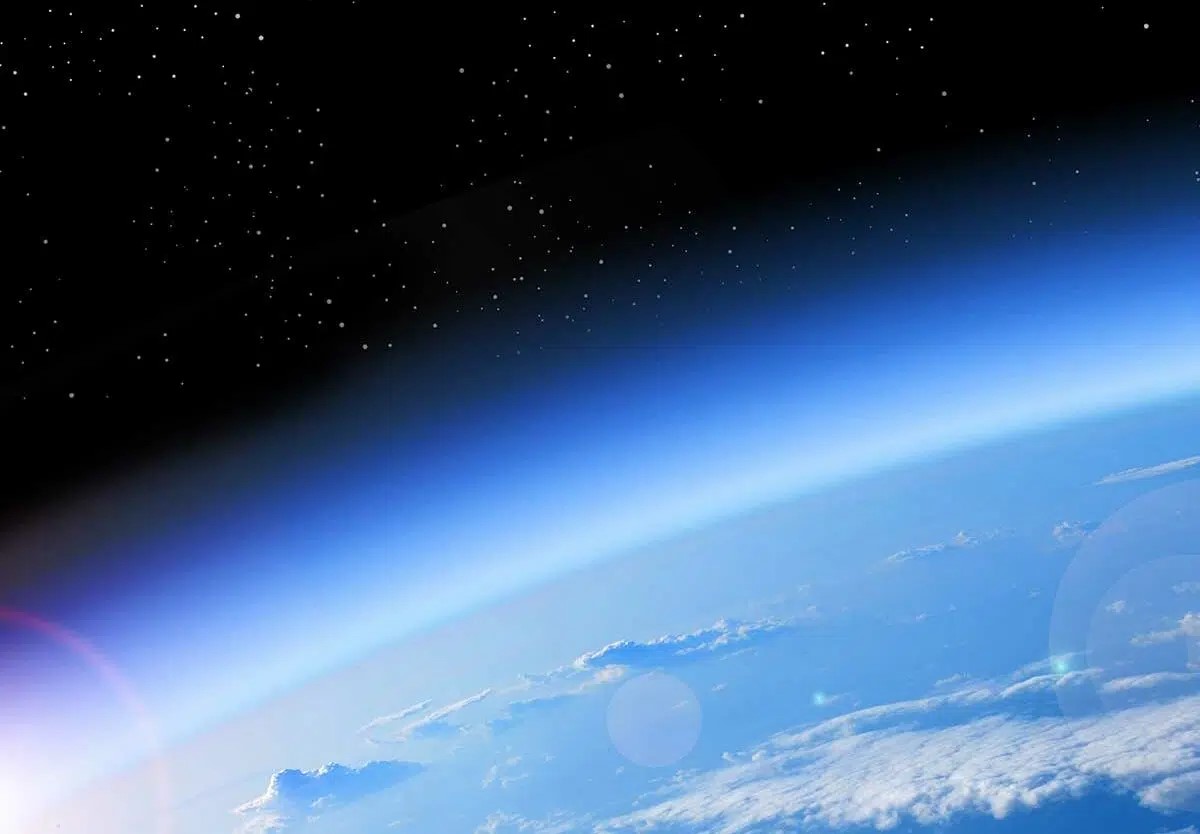Every year on September 16th, the world celebrates the International Day for the Preservation of the Ozone Layer, commemorating the signing of the Montreal Protocol in 1987, a treaty that has become one of humanity’s greatest environmental success stories. Thanks to this agreement, which has phased out nearly 99 per cent of ozone-depleting chemicals like Chlorofluorocarbons(CFCs), Hydrochlorofluorocarbons(HCFCs) and halons, the ozone layer is now on track to fully recover by the 2060s, according to the 2024 World Meteorological Organisation (WMO) report. But this victory isn’t just about protecting us from harmful UV radiation; it also holds critical lessons for today’s fight against Climate Change.
While the Montreal Protocol is deemed a success story, some challenges have emerged. Many of the phased-out chemicals were not only damaging to the ozone layer but also extremely potent greenhouse gases. By eliminating them, the world avoided up to 1°C of warming by 2050, a huge unintended climate benefit. The Kigali Amendment (2016) took this even further by targeting hydrofluorocarbons (HFCs), the chemicals that replaced CFCs in refrigerators and air conditioners but turned out to be thousands of times more potent GHGs than CO₂. If fully implemented, the Kigali Amendment could prevent an additional 0.4°C of warming by 2100, proving that environmental policies can adapt to new scientific technologies.
As we continue to fight the climate crisis, the ozone story proves that nations can unite to create clear regulations and shift to safer and energy-efficient alternatives. It demonstrated that helping developing nations transition is key; the Multilateral Fund provided financial support in low and middle-income countries to phase out CFCs. This model could be expanded for climate finance today.
As we mark World Ozone Day, the message is clear: humanity can solve the global environmental crisis when science, policy, and the public align. The ozone layer’s recovery is proof of what’s possible. Now we must bring the same urgency to climate action. The stakes are higher, the obstacles greater, but the blueprint for success already exists. We just need to follow it.






